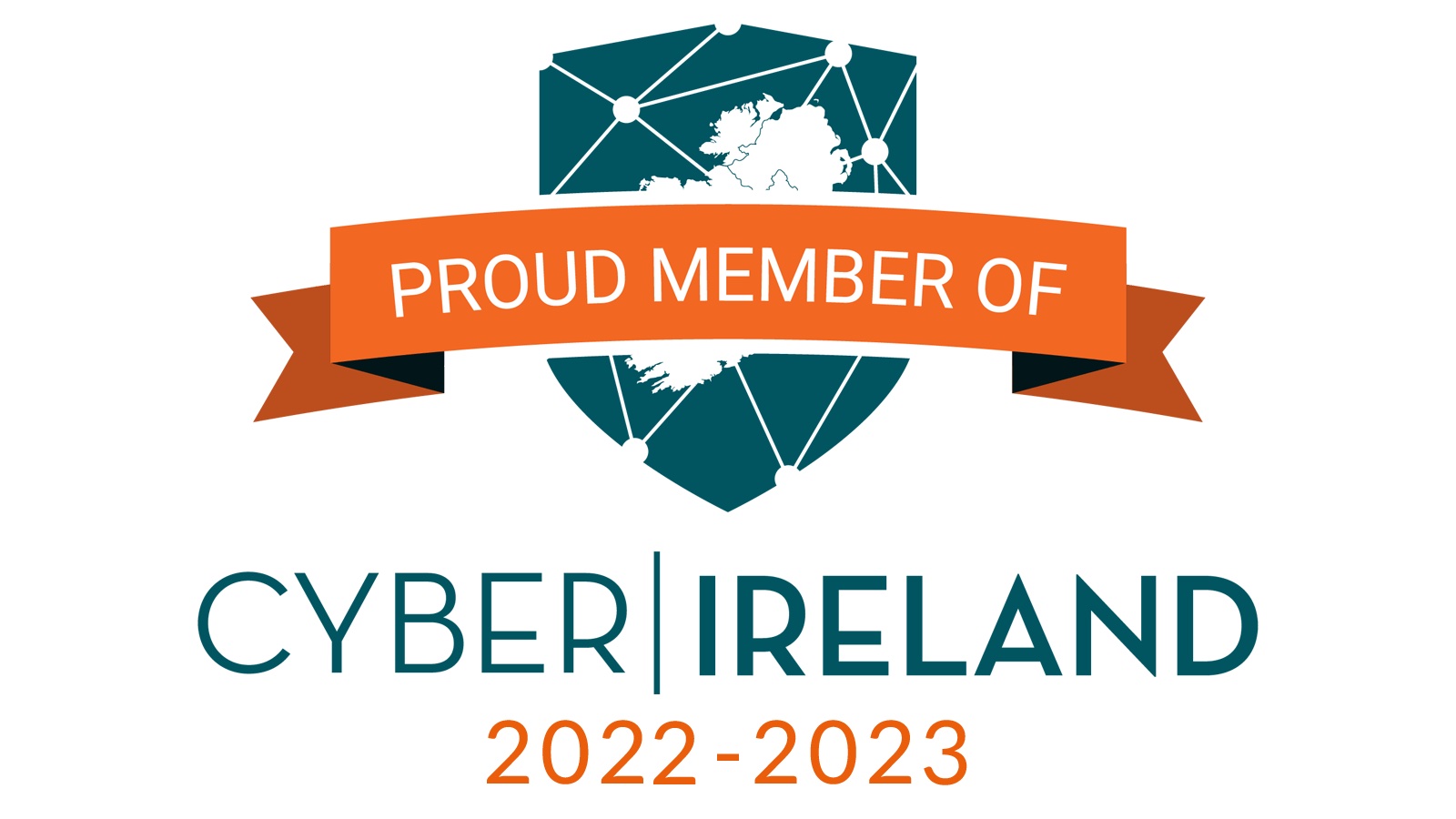Net Neutrality Unveiled: A Transatlantic Perspective
Net Neutrality Unveiled: A Transatlantic Perspective on Legislation in Europe and the USA
In our hyper-connected world, the internet is the lifeline that feeds our insatiable appetite for information, entertainment, and communication. But lurking behind the scenes is a critical concept known as net neutrality, a topic that has ignited debates on both sides of the Atlantic. This blog post delves into the heart of net neutrality, exploring the legislative disparities between Europe and the USA.
Understanding Net Neutrality:
At its core, net neutrality is the principle that internet service providers (ISPs) should treat all online content and data equally, without favoring certain websites, apps, or services over others. This ensures an open and level playing field for users to access information and services without artificial constraints.
European Stance on Net Neutrality:
In Europe, the net neutrality torch is carried by the Regulation on Open Internet Access, a part of the broader Regulation (EU) 2015/2120. This regulation emphasizes the importance of non-discriminatory treatment of internet traffic, safeguarding the freedom of end-users to access and distribute information, as well as use applications and services of their choice.
The European legislation forbids ISPs from engaging in practices such as blocking or throttling (slowing down) specific content, applications, or services. Additionally, ISPs are restricted from providing "fast lanes" to content providers willing to pay extra for preferential treatment.
USA's Shifting Landscape:
In the USA, the landscape of net neutrality has been characterized by twists and turns. The Open Internet Order of 2015, established under Title II of the Communications Act, sought to ensure net neutrality by classifying ISPs as "common carriers" subject to regulation similar to utility services. This classification prohibited ISPs from engaging in practices that could harm net neutrality.
However, this regulatory framework faced opposition and underwent changes. In 2017, the Federal Communications Commission (FCC) under Chairman Ajit Pai voted to repeal the Open Internet Order. This decision rolled back the classification of ISPs as common carriers, sparking heated debates over the potential implications for an open internet. Critics feared that the repeal could lead to a tiered internet where ISPs could create "fast lanes" for certain content or services.
Comparing Approaches:
One noticeable difference between the European and American approaches is the legal classification of ISPs. While Europe's regulations are based on a clear framework that upholds net neutrality as a fundamental principle, the USA's shifting regulatory landscape has created uncertainties.
Europe's regulations focus on preserving the end-user's rights and ensuring equal access to content and services. The USA, on the other hand, has witnessed fluctuations driven by differing viewpoints on the role of government intervention in the internet ecosystem.
Looking Forward:
Net neutrality continues to be a topic of significance on both sides of the Atlantic. While Europe maintains a strong regulatory stance, the USA's approach has been more fluid, shaped by changes in administration and policy direction. As technology evolves and new applications emerge, the question of how to maintain an open internet while accommodating diverse interests remains a challenge.
Net neutrality, a cornerstone of the modern digital landscape, is approached differently in Europe and the USA. The regulatory frameworks in place reflect broader societal perspectives on the role of government and the importance of equal access to information and services. As the debate rages on, the world watches to see how these regulations will shape the future of the internet – a realm where access to knowledge knows no boundaries.




